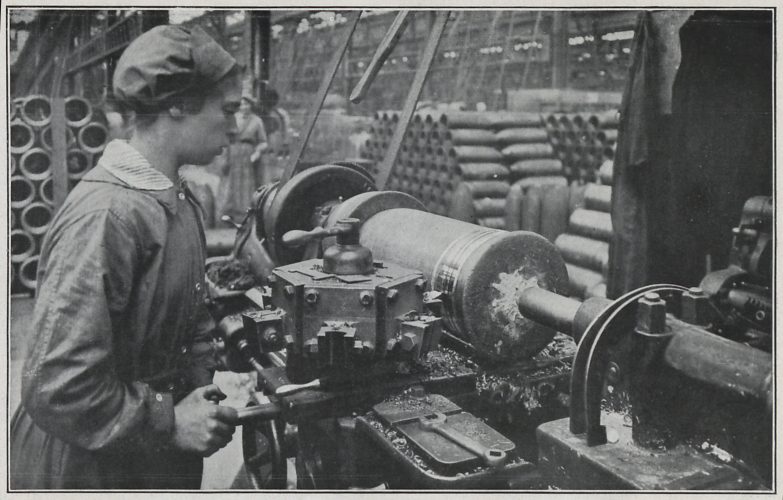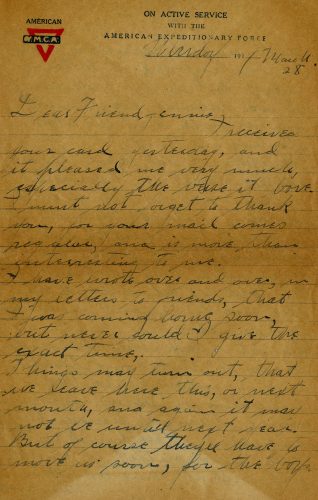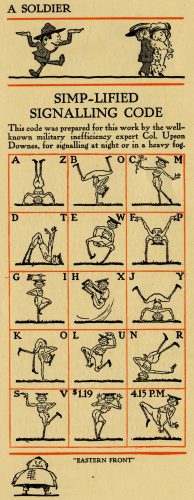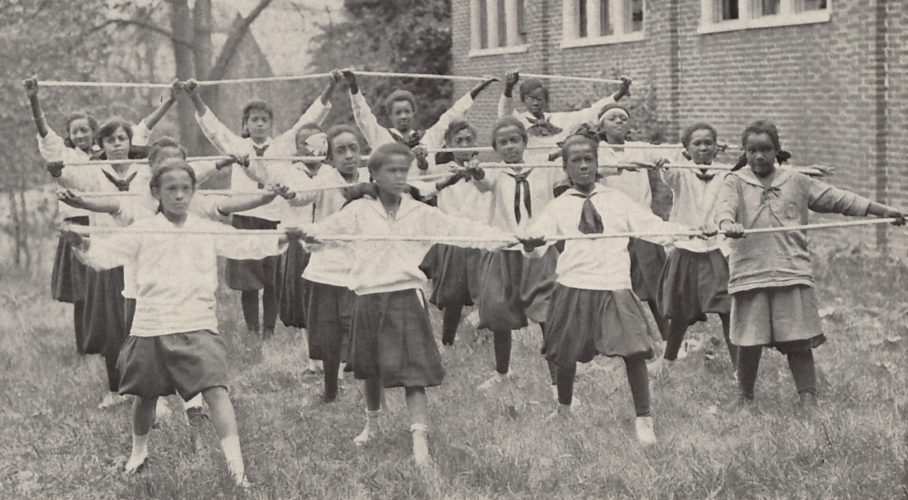Even More “Little Stories” from World War I


When did you last visit the World War I in Ohio Collection on Ohio Memory? The New Year brings new stories of Ohioans’ involvement in the Great War to your fingertips, as the Ohio History Connection continues to add new archival materials and museum objects to the digital collection as part of our “Little Stories of the Great War: Ohioans in World War I” grant, generously funded by the National Endowment for the Humanities.
Nearly 100 years ago, James Ridel Jr., wrote this letter to Jennie Spilker of Cleveland, Ohio, while serving overseas in the 332nd Field Artillery. Through his correspondence with Jennie, James provides insights into the daily life of soldiers after the war’s end, which was characterized by strenuous labor with brief furloughs allowing soldiers to visit cities and explore the countryside. James describes his trip to a city on the Rhine with restaurants and films, followed by a ferry ride along the river, where he saw historic castles and churches and was awestruck by the scenery, like that of the town of Godesberg shown on this postcard.

U.S. involvement in the war motivated local, state, and federal organizations to produce an enormous amount of literature encouraging all Americans to contribute to the national war effort, including many practical guides about topics like growing and canning produce, selling Liberty bonds, collecting books for soldiers and sailors, and avoiding influenza. Others sought to spark laughter during a time of bloodshed and sacrifice by producing satirical writings for public consumption, such as a pamphlet titled “How to be a Soldier.” Written by Brainard Leroy Bates, fondly known by his pen name Brainless Bates, this pamphlet lists humorous ways recruits in training can become good soldiers, including proper etiquette for greeting superior officers, a simplified signaling code, first aid treatments for ailments like paralysis and homesickness, and some enjoyable songs.
Another recent addition to the digital collection is a book titled “The Work of Colored Women,” which details the ways African American women worked with the Young Women’s Christian Association (YWCA) during the war. African Americans’ role in the war is, unfortunately, an often-overlooked aspect of World War I history. 380,000 African American men served in the armed forces, while African American men and women on the home front did their part to support the war, too. However, the war exposed the lack of resources available to enable them to fully participate.

The YWCA supported African American girls during the war by providing professional development opportunities for them at industrial centers, where young women learned the skills required to work in the industrial sector and how to protect themselves from unsuitable working and living conditions; employment at YWCA hostess houses, places where families and friends could stay while visiting soldiers at training camps; and recreation centers where they could join clubs and engage with their communities.
We invite you to explore the photographs, letters, posters, publications, and more on Ohio Memory to learn more about Ohioans’ experiences of World War I. Check back with us soon to view additional collections as we continue to remember the Great War a century later.
Thanks to Kristen Newby, project coordinator at the Ohio History Connection, for this week’s post!



Leave a Reply
You must be logged in to post a comment.